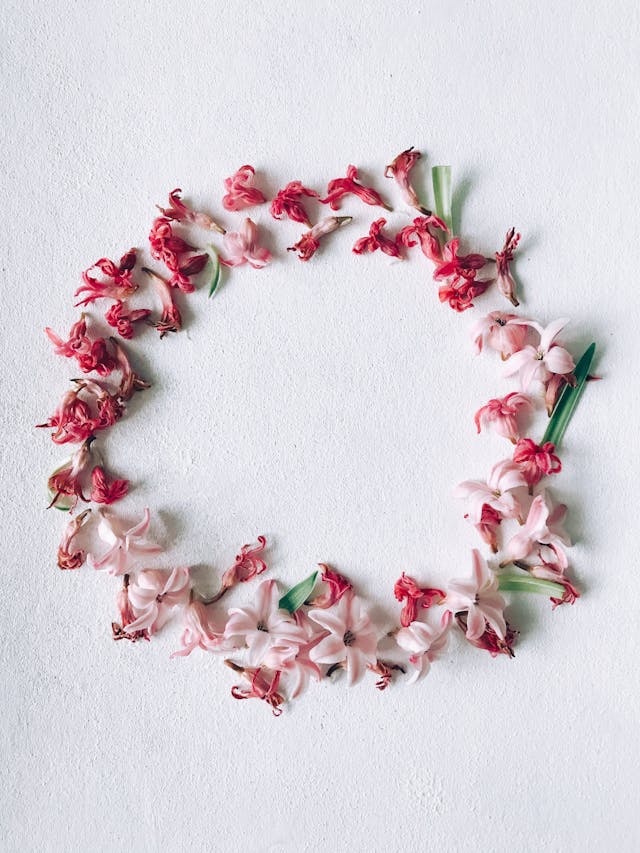Your cart is currently empty!

Ensuring Eternal Beauty: A Comprehensive Care Guide for Preserved Flowers
•
Preserved flowers, also known as “eternal flowers,” are a testament to nature’s elegance fused with human technology. These botanical masterpieces, crafted through a meticulous preservation process, capture the vibrant allure of fresh blooms indefinitely, offering a “romance that never fades.”
Yet, even these timeless treasures are susceptible to gradual changes—fading hues, dust accumulation, or subtle deformities—without proper care. Fear not! This ultimate guide will equip you with simple, actionable steps to safeguard their everlasting charm, ensuring your floral art remains a symbol of enduring beauty.
The Stark Contrast: Neglect vs. Nurture
Before diving into care techniques, take a moment to visualize the difference proper maintenance can make. Well-loved eternal flowers retain their vivid colors, delicate petal structure, and original arrangement, while neglected ones succumb to dullness, dust, and misshapen forms. The key? Understanding their enemies and embracing proactive care.
Lesson 1: Identifying the 3 Silent Destroyers of Eternal Flowers
1. Sunlight Exposure – The Color Assassin
Why it’s harmful: Ultraviolet (UV) rays are public enemy number one. They break down pigment molecules in petals, leading to irreversible fading, yellowing, or bleaching. Even indirect sunlight over time can cause gradual damage.
Best practice: Display your flowers in cool, shaded areas—think living room corners, entryway consoles, or bookshelves. Keep them at least 3 feet away from windows, balconies, or any spot with direct sunlight. A sheer curtain can add an extra layer of protection if near a light source.
2. Moisture & Heat – The Mold Catalyst
The risk: Humid environments (especially above 60% relative humidity) create a breeding ground for mold and mildew. Excess moisture causes petals to sag, warp, or develop unsightly spots, while heat accelerates chemical degradation. This is particularly critical during the rainy seasons in southern regions.
Solutions: – Use desiccant packets (silica gel works best) near open arrangements or inside sealed boxes. Refresh them every 2–3 months. – Avoid bathrooms, kitchens, or basements. If humidity is unavoidable, run a dehumidifier periodically—aim for 40–50% humidity.
3. Rough Handling – The Shape Saboteur
What happens: Though more durable than fresh flowers, eternal blooms are not indestructible. Frequent touching oils skin oils, fingerprints, or petal detachment. Aggressive cleaning can also flatten delicate layers.
Gentle care: – Dust lightly with a soft-bristled paintbrush or a hairdryer on the cool, low-power setting (hold it at least 12 inches away). – Never pull or twist petals. If a petal is slightly misaligned, use a clean, dry toothpick to gently reposition it.
Advanced Seasonal Care: Adapting to Nature’s Shifts
🌧️ Rainy/Monsoon Season (High Humidity)
- Sealed arrangements: Insert food-grade anti-moisture packets and ensure the lid closes tightly.
- Open displays: Use a portable dehumidifier in the room for 1–2 hours weekly. Wipe the outer surface of glass/Acrylic cases with a dry, lint-free cloth to prevent condensation.
❄️ Winter (Dry, Heated Spaces)
- Keep flowers 5+ feet away from radiators, heaters, or air conditioning vents. Extreme dryness (below 30% humidity) makes petals brittle and prone to cracking.
- Place a small tray of water near the arrangement or use a humidifier set to 40–60% to maintain optimal moisture levels without direct misting.
🌪️ Dry Climates (e.g., Northern Regions)
- Consistent humidity is key! A hygrometer can help monitor levels. Avoid over-humidifying—excess moisture is still a risk.
- Never spray water directly on flowers. Instead, mist the air around them briefly if the environment is parched.
Pro Tips: Elevating Longevity with Thoughtful Details
1. Quality Matters from the Start
Invest in eternal flowers from reputable sellers. Premium products, preserved using non-toxic glycerin or wax-based solutions, can last 3–5 years, while cheap alternatives fade within months. Look for reviews highlighting colorfastness and structural integrity.
2. Smart Storage & Maintenance
- Glass/Acrylic Enclosures: Open them quarterly for 10–15 minutes to air out (not too often, as frequent exposure increases dust and moisture contact). Wipe the interior with a microfiber cloth.
- Complex Arrangements: Take photos when you first receive them. This reference helps you spot subtle shifts in shape and adjust gently before issues worsen.
3. Environmentally Friendly Practices
- Avoid chemical cleaners. For stubborn dust on non-porous surfaces (like the outer glass), use a mixture of water and a tiny drop of mild dish soap, applied with a soft cloth.
- Store unused arrangements in a cool, dark closet with silica packets—never in plastic bags, which trap moisture.
The Magic of Preservation: Cherishing Timeless Moments
Preserved flowers are more than décor; they’re a tangible memory—perhaps a gift from a loved one, a wedding keepsake, or a symbol of personal achievement. By following these care guidelines, you’re not just maintaining a craft; you’re nurturing a story. Every petal, every hue, is a frozen moment meant to be admired for years.
Share Your Story! We’d love to hear how your eternal flowers fit into your life—whether it’s a centerpiece that witnessed milestones or a desk companion that sparks joy. With patience and care, your preserved blooms will continue to bloom as brightly as the day they arrived. 🌸
Photos used in this blog are from taken in Awenhana design studio, feature photo is from Pexels.If you have any questions about the blog, please contact us.


Leave a Reply